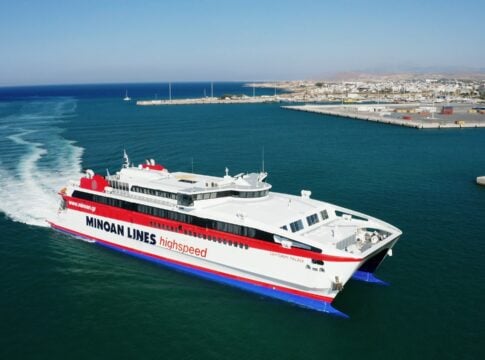By G. Palaitsakis
[email protected]
Increased VAT rates that were imposed in most of Greece last year – on the back of a tax “tsunami” to meet memorandum-mandated fiscal targets – are set for implementation in 32 Aegean islands as of Jan. 1, 2018 – a development that will make tourist destinations a bit more costly.
A 30-percent discount long extended to the specific islands, which included jet-setting Mykonos and iconic Santorini, has remained in force this year. Successive Greek governments have for decades bestowed a “special status” on various Aegean islands, such as tax and customs exemptions, subsidized air and sea transports, preferential public service hirings and postings etc.
As expected, the lowest VAT rate will jump from 5 percent to 6 percent; the medium level from 9 percent to 13 percent, and currently highest level from 17 percent to the “Scandinavian” rate of 24 percent.
The islands are included in the prefectures of Samos and the Dodecanese, where the higher VAT rates are already in effect for tourist-laden Rhodes and lesser known Karpathos.
According to figures provided the relevant finance ministry, which are included in a compilation of all tax breaks and exemptions found in the country’s tax codes, and which was included as an addendum in the 2017 state budget, the 30-percent discount in VAT rates for the 32 Aegean islandscost the state’s coffers roughly 311 million euros on an annual basis.
Conversely, proponents of the specific exemption have usually pointed to increased transport costs for goods and services to island destinations as requiring such as indirect tax abatement.














